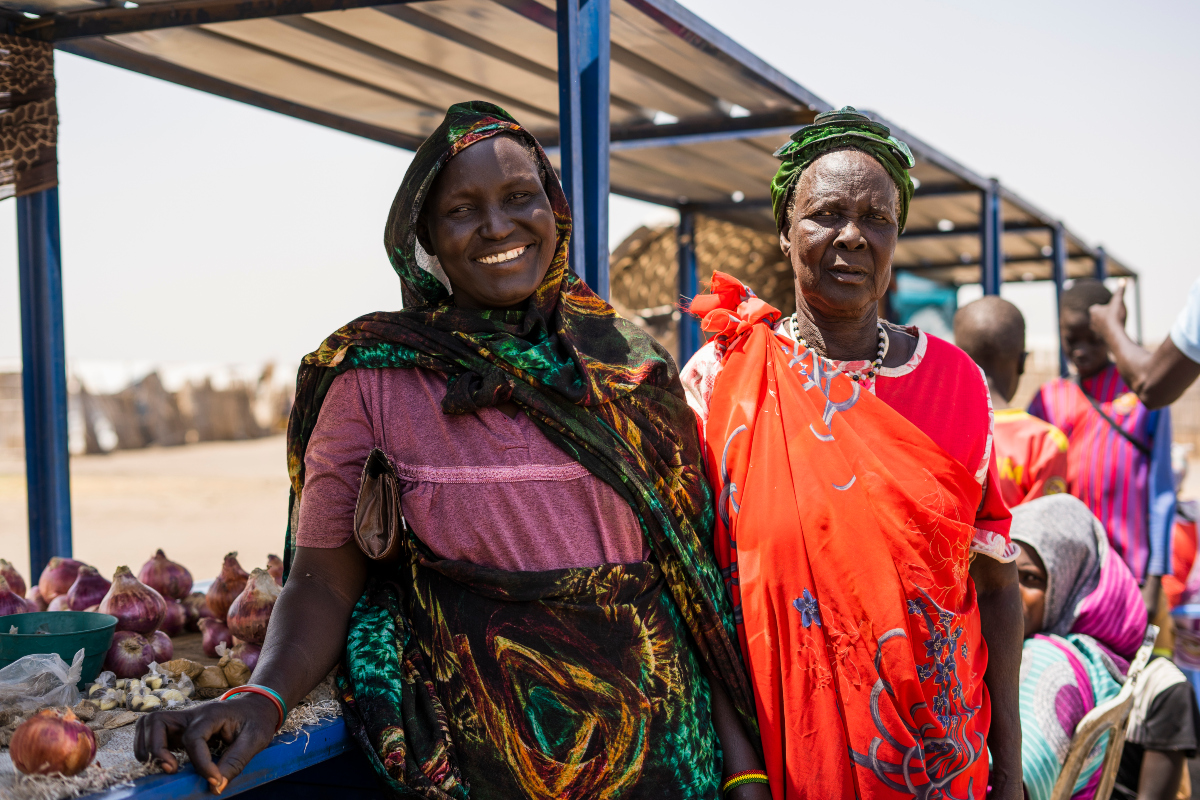From crisis to opportunity
February 22, 2023

As displacements become increasingly protracted, countries must do more to help forcibly displaced people and host communities build their own livelihoods.
Increasing levels of conflict and higher frequency of disasters mean forced displacement is on the rise in every region of the world. In 2022, the number of people forced to flee from their homes surpassed 100 million for the first time. Because displacement situations have become increasingly protracted, countries must commit to greater investments to help forcibly displaced people and host communities build their own livelihoods and become self-reliant.
In this regard, socio-economic integration is one of the key durable solutions to forced displacement. As emphasised by the Global Compact on Refugees and the UN Secretary-General’s Action Agenda on Internal Displacement, socio-economic integration is an essential springboard to a more sustainable approach. In tandem with essential humanitarian assistance, development policies that focus on meaningful social and economic inclusion can rebuild the lives of those forcibly displaced, while strengthening the communities in which they reside. Humanitarian assistance is critical in the first stages of displacement to save lives and foster stability. But ending displacement situations requires more than that. National and local governments need to make integration – or reintegration in the case of returnees – a priority.
The costs and consequences of not investing in integration are too high for displacement- affected countries and communities. A system that only relies on humanitarian assistance and does not help people develop their own capabilities and contribute to the economies and societies in which they live is unsustainable. By contrast, when displaced people benefit from training and education opportunities, when they are allowed to work and create their own businesses, they can maintain personal dignity and preserve local stability. In other words, they are not just considered as beneficiaries, but as agents of development – and, in the case of the displaced, as full citizens within their own countries.
Humanitarian, development and peace actors must work jointly to support displacement-affected countries in implementing an ambitious agenda that promotes the socio-economic integration of internally displaced people, refugees and asylum seekers. National and local governments need to strengthen institutions and coordination mechanisms that contribute to promoting development solutions to forced displacement, as seen in the positive trajectories of Colombia, Iraq, Nigeria and Somalia, where addressing internal displacement is seen as a national development priority. Governments also need to identify and remove the many legislative, administrative, or financial barriers that prevent forcibly displaced people from fully integrating into their host communities.
Successful integration also requires that public authorities and other stakeholders actively fight against the different forms of discrimination that affect displaced persons, refugees and asylum seekers, including gender-based and racial discrimination. These stakeholders need to promote peaceful coexistence and social cohesion between those forcibly displaced and their hosts. People in affected communities need to feel they also benefit from the integration process. Engaging different actors from the private sector and civil society, including representatives from displaced and host communities, in both decision-making and implementation processes can contribute to strengthening the links within and between communities, while addressing the main barriers to integration.
More data and research can help policymakers and the general public better understand both the costs of inaction and the shared benefits of investing in integration and social cohesion. In this respect, a special issue of Forced Migration Review, which UNDP has supported, is an important contribution to the growing consensus on this topic. The authors who have shared their thoughts and experiences highlight the challenges that socio-economic integration represents. But they also demonstrate, through concrete experiences across regions, that inclusive, gender-responsive and nationally-owned solutions to forced displacement are possible.

 Locations
Locations